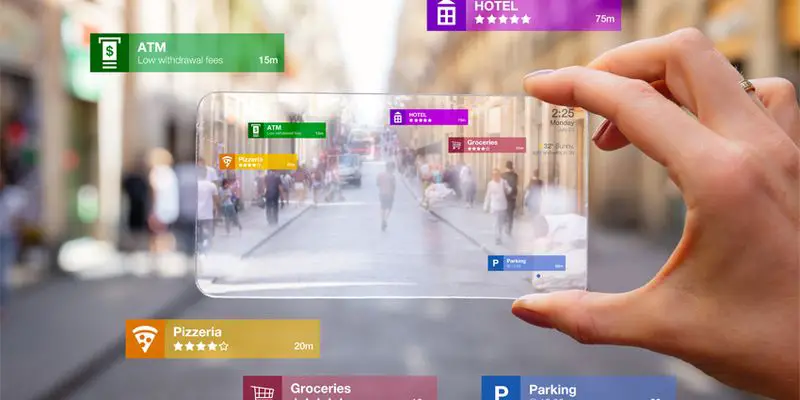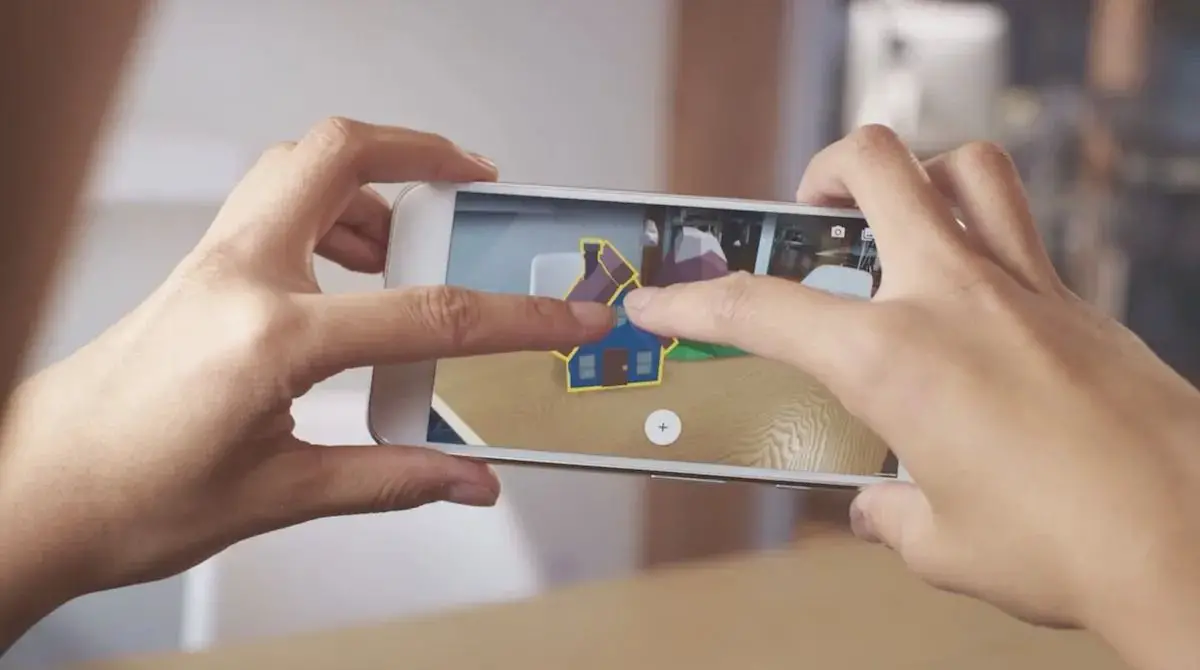Today we have decided to review what Google ARCore is and how augmented reality is being utilized in today’s world. The term “augmented reality” is now a well-known phrase in the world of technology. Big players like Google and Apple have entered this market. Apple deployed specialized hardware, such as LiDAR scanners, inside of its smartphones and tablets, whereas Google primarily utilized software to achieve the same goal. Google is one step ahead thanks to its AR software development kit, or SDK, known as ARCore.
What is Google ARCore?
The Google ARCore SDK was first released in 2018. Google ARCore, often referred to as “Google Play Services for AR,” allows developers to create augmented reality applications. It has several important applications and is already available on smartphones from several manufacturers. Google ARCore is compatible with the majority of high-end and mid-range Android devices.
What is Project Tango?
Google first experimented with AR with Project Tango, which was later discontinued after the introduction of ARCore. Project Tango required specialized hardware with many cameras and sensors. ARCore doesn’t need any additional equipment since it can be done using a smartphone’s camera and built-in sensors. The new SDK is a lot more versatile because it works with almost every smartphone.

How does Google ARCore work?
To interpret where the device is located in the world around it by managing to compute location changes, Google ARCore uses SLAM (Simultaneous Localisation and Mapping). ARCore can identify objects that are visually distinct in photographs taken with a camera. Then, utilizing those features points, it determines if the device has moved position and what the new location’s characteristics are. ARCore employs these feature points to identify planes — horizontal or vertical surfaces —and utilizes them for additional context.
Finally, camera position and orientation information, dependent on the scenario, is combined with sensor readings to provide developers with a framework for rendering things over the camera feed and giving it the appearance of being part of the real world. ARCore can also determine how much light there is on board and use that data to make a rendered image appear brighter or darker depending on how ARCore thinks sunlight will hit it.
Devices that are compatible with Google ARCore
ARCore is built to function with standard camera configurations on consumer devices. It relies on your phone’s camera and motion sensors, such as the gyroscope and accelerometer. Google’s software tricks and ARCore’s set of fundamental ideas comprehend what the camera sees and creates an AR experience based on it.
Google does not impose any specific system requirements for ARCore-equipped devices. A device with Android 7.0 Nougat or later is required to run it, however some devices will require more recent Android versions to do so.
Furthermore, because Google has to manually enable the ARCore support on the platform, the firm does not provide system requirements for it. The majority of smartphones are powerful enough to run ARCore effectively; however, Google must manually test and certify devices in order for users to get an optimal ARCore experience.

Which apps use Google ARCore?
Google is fully committed to this technology, and one of the finest examples is the Measure app.
On Android devices, ARCore’s technology is utilized by apps such as TikTok and Snapchat to enhance their in-app AR experiences, such as face detection.
Other apps, like InkHunter, let you test out a tattoo before booking an appointment. ColorSnap Visualizer shows users a virtual representation of the colors on unpainted walls using AR before they paint them. It’s been implemented in learning applications and games.
Pokémon GO set off the craze for augmented reality games when it debuted in 2016. Other games, such as Jurassic World Alive, The Walking Dead: Our World, Five Nights at Freddy’s AR: Special Delivery, and more employ AR. Google ARCore may also be used on iOS; however, there are far fewer Apple-based applications that make use of it.





